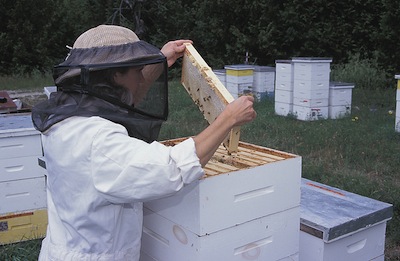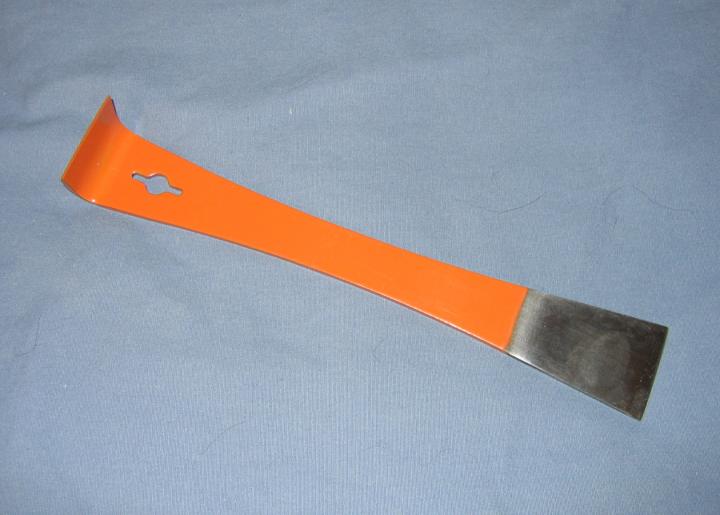
What Do You Need to Keep Bees?
ADVERTISEMENT
I am wanting to do a little back yard thing, first to help our bee population, no bees no humans... Second, I would love to have the little pollinators in my yard. I see it as a win-win situation. So if I only got 2 hives, which I am thinking is enough for the area around here, is that really enough to worry about even doing? I would love to do this, but I do not want to waste the bees time and mine. I also want to put up a bat house, they are great at eating those icky bugs all not long!
How do we begin the search for surrounding flowers, insecticide spraying, etc?
we use old burlap in our smokers.
Hello!
Thanks for creating this quick guide to help people get started. I work for a beehive manufacturer called Bee Built in Portland, Oregon that specializes in quality beehives made from sustainable wood. We ship worldwide, with shipment guaranteed within 2 business days. We're looking to find ways to support more efforts like this one and get people started successfully in beekeeping.
We've created a special coupon code for anyone to use at checkout on our site to save 10% on their order. Just enter ALMANAC at checkout!
beebuilt.com is the website
We'd love to be listed with a link under your list of dealers.
Sincerely,
Matt
I live in Brooklyn, NY- Coney Island. We want to raise bees as an addition to the environment and for school study!! How do we begin the search for surrounding flowers, insecticide spraying, etc? The apiary will be on the roof of a two story church building. Thanks!
Dana! Amazing coincidence! We just had some honey from our local middle school this morning! Congratulations on a great idea! If you haven't already, click on the red Beekeeping button above and carefully read all of the articles (it doesn't take THAT long), which were written especially for folks like you. You'll find that plants like asters and clover can be helpful, and that you want your area to be as -cide free as possible (although it's not as though the bees are just going to hang out on your roof) -- and also that there is much to learn about beekeeping. The thing to do is to get a mentor local to your area to work with you -- which beekeepers love to do! We don't know anything about this group, but for example there apparently is the NYC Beekeepers Assn. Do some research and ask around. Good for you!
I would love to get involved in this type of extracurricular activity. Is this very profitable
As an extracurricular activity, we assume you mean hobby (no more than 20 hives), we wouldn't bet on a profit. You'd need probably need to have hundreds of hives to start making money but we've never been in that business! For us, the bees are to help pollinate our gardens.
How do I go about employing my bees with local farmers in my area? I don't own a home or land. And I live in town. But I want to do this full time for a career. Possibly turning it into a family business and teach others. Your help and advice would be gold to me. Thank you ; D










